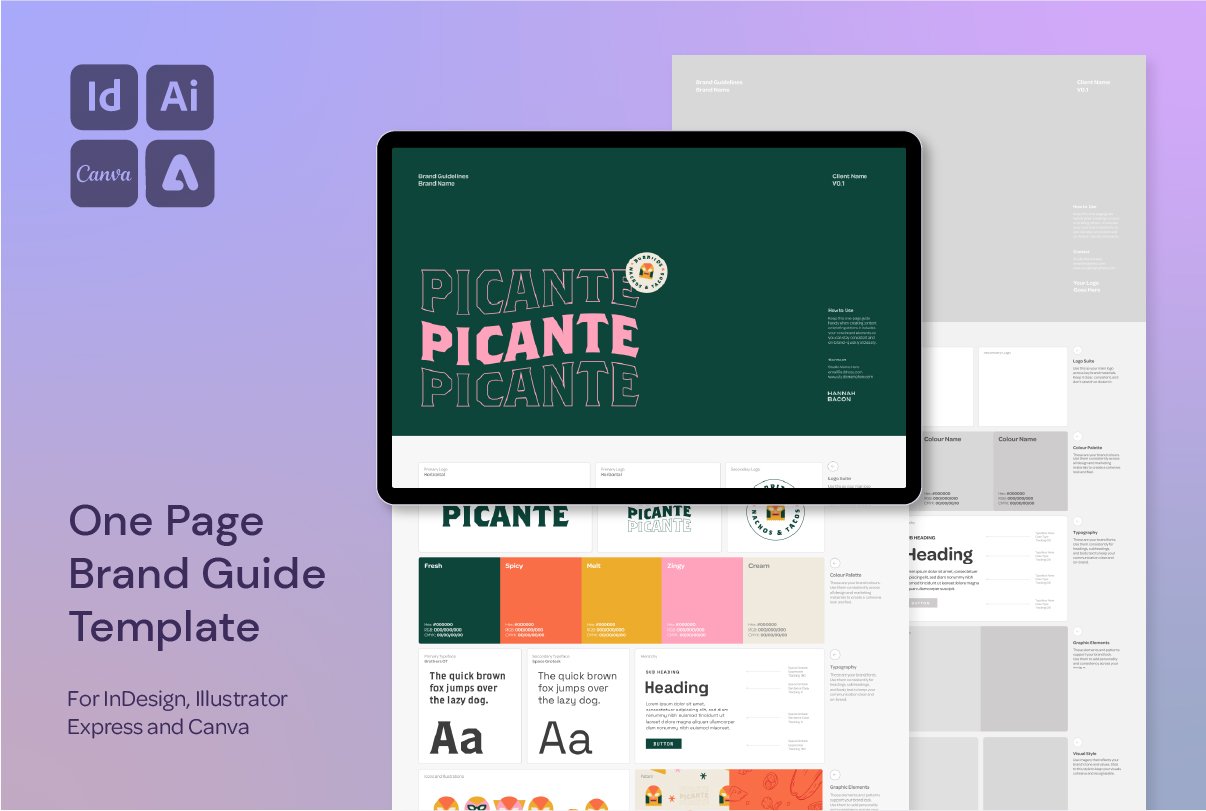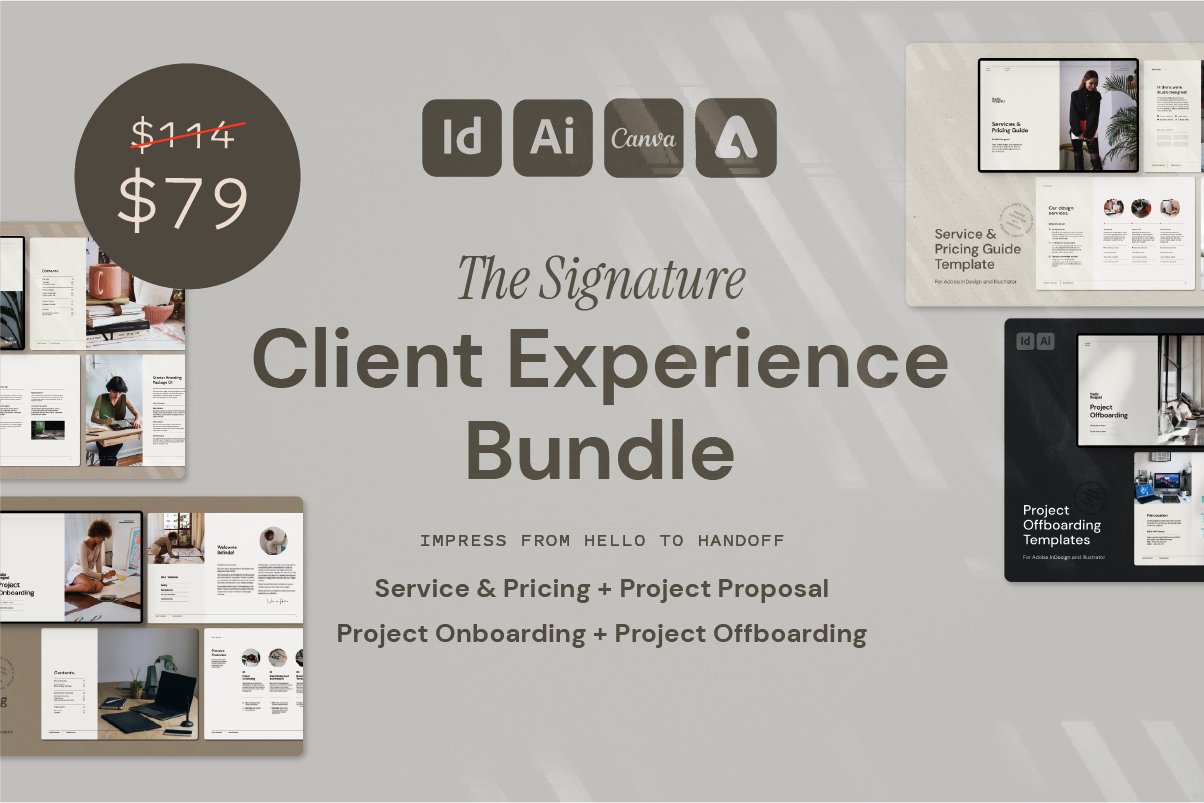How to Create a 3D Vintage Postcard Text Effect in Illustrator (With Live Text!)
This 3D Vintage Postcard Text Effect in Illustrator Is Editable (and Fun!)
Looking to add some retro flair to your typography? Those bold, quirky 3D text effects from vintage postcards are easier than they look—and yes, you can keep the text live and editable in Adobe Illustrator.
In this tutorial, I’ll show you how to use the Appearance panel, Warp effects, and a few smart layering tricks to build a dimensional, editable text effect—complete with outlines, shadows, and even a pattern fill.
It’s weird. It’s nostalgic. It’s editable. Let’s do it.
Build a 3D Vintage Text Effect in Illustrator
The settings in the Appearance Panel inside Illustrator
Step 1: Start With Live Text
Type out your text using your favourite bold typeface.
Keep it as live text—we’re doing everything non-destructively using the Appearance panel.
Step 2: Add a Warp (Rise)
Open the Appearance Panel
Apply Warp → Rise to give it that old-school bounce
Reposition your type slightly if needed
Step 3: Layer the Outlines
Give the text a solid fill
Add a stroke (thick enough to feel vintage!)
Add a second stroke beneath the first, then Offset Path so it tucks inside—this creates that layered outline look
Step 4: Build the 3D Shadow
Add another duplicate stroke, and move it to the bottom of your stack in the Appearance panel
Apply the Transform effect:
Set to make 20 copies, each offset by 0.5px on X and Y
Boom—instant dimensional shadow!
Step 5: Add a Drop Shadow
Apply a Drop Shadow to the top stroke (usually white or light), just to give it that extra pop and make the type float off the page.
Step 6: Pattern It!
Swap out your solid fill with a pattern swatch
I used a mac and cheese seamless pattern
Use Transform again, but this time toggle OFF “Transform Objects” and only scale the pattern inside
Now you’ve got a bold, kitschy, 3D vintage text effect that’s still fully editable. You can change the words, typeface, colours, or pattern on the fly.
Want More Time-Saving Tools and Freebies?
This process is just one of the techniques I share across my design templates and digital assets, made especially for designers who want professional results—without starting from scratch every time.






